Do you have a question about the Fortinet FortiGate FortiGate-100 and is the answer not in the manual?
Describes the meaning of Power, Status, Internal, External, and DMZ LEDs for operational status.
Details the RJ-45 and DB-9 connectors and their purposes for network and management connections.
Outlines steps for connecting the unit to power and networks, and proper placement for cooling.
Explains NAT/Route mode where the unit is visible and interfaces are on different subnets.
Describes Transparent mode where the unit is invisible and interfaces are on the same subnet.
Details using the web-based manager for initial configuration of passwords and interfaces.
Explains using the CLI for device configuration and advanced settings via serial connection.
Collects IP and Netmask details for Internal, External, and DMZ interfaces in NAT/Route mode.
Collects Management IP and Netmask for Transparent mode operations.
Gathers administrator password, default gateway, and DNS server details for network setup.
Provides factory default IP addresses and administrative account settings for reference.
Step-by-step guide for configuring interfaces, passwords, and gateways via the web UI.
Instructions for configuring interfaces, DNS, and gateways using the CLI.
Describes the meaning of Power, Status, Internal, External, and DMZ LEDs for operational status.
Details the RJ-45 and DB-9 connectors and their purposes for network and management connections.
Outlines steps for connecting the unit to power and networks, and proper placement for cooling.
Explains NAT/Route mode where the unit is visible and interfaces are on different subnets.
Describes Transparent mode where the unit is invisible and interfaces are on the same subnet.
Details using the web-based manager for initial configuration of passwords and interfaces.
Explains using the CLI for device configuration and advanced settings via serial connection.
Collects IP and Netmask details for Internal, External, and DMZ interfaces in NAT/Route mode.
Collects Management IP and Netmask for Transparent mode operations.
Gathers administrator password, default gateway, and DNS server details for network setup.
Provides factory default IP addresses and administrative account settings for reference.
Step-by-step guide for configuring interfaces, passwords, and gateways via the web UI.
Instructions for configuring interfaces, DNS, and gateways using the CLI.

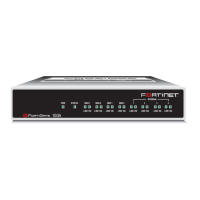
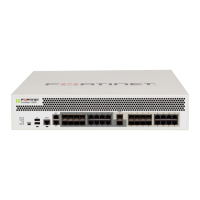


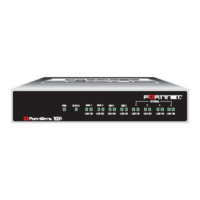
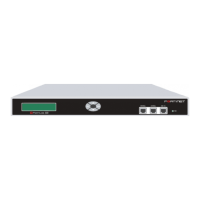
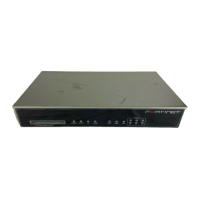
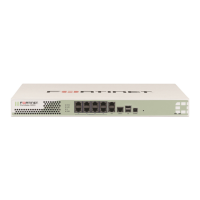
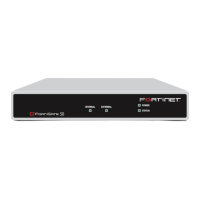
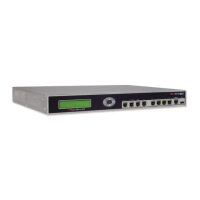

